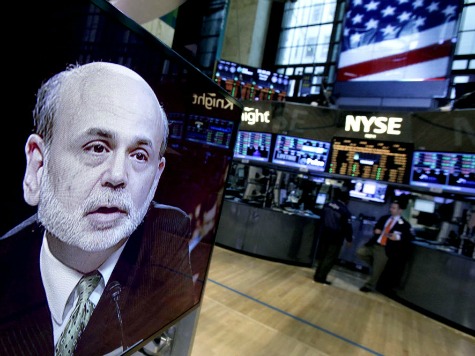
On Wednesday, it was widely expected that the Federal Reserve would announce that it is reducing the massive stimulus it pumps into the market each month. The Fed’s stimulus, called “quantitative easing” is ultimately unsustainable and has caused a rapid acceleration in the Fed’s balance sheet. The Fed, however, announced that it would continue its monetary stimulus indefinitely.
For the last year, the Fed has pumped $85 billion a month into the market. For comparison’s sake, the total amount of IRA, pension and 401k money flowing into the market each month is around $40 billion. The Fed is under the illusion that, with enough stimulus, the economy would catch its wind and start growing again. It has not worked out that way.
The Fed’s decision to continue its monetary stimulus is an admission that the economy is still very weak. Four years after the end of recession, growth is, at best, tepid. The Fed, over the last year, has pumped almost $1 trillion into the economy. The government, for the past four years, has run $1 trillion annual deficits. In addition, the government launched a $1 trillion stimulus package. No matter how many trillions you throw at the economy, it won’t work if incentives are askew or future costs uncertain.
The Obama Administration is about to thrust ObamaCare on the economy, which has every business scared about its future obligations and costs. There are also a host of new regulations on tap, which will potentially drive up energy and labor costs. Everybody in the private sector is essentially hunkered down, waiting to ride out the storm.
So, the Fed has to keep its printing presses running. It has the proverbial tiger by the tail and can’t let go. Eventually it will, though. And, we all know how that ends.

COMMENTS
Please let us know if you're having issues with commenting.